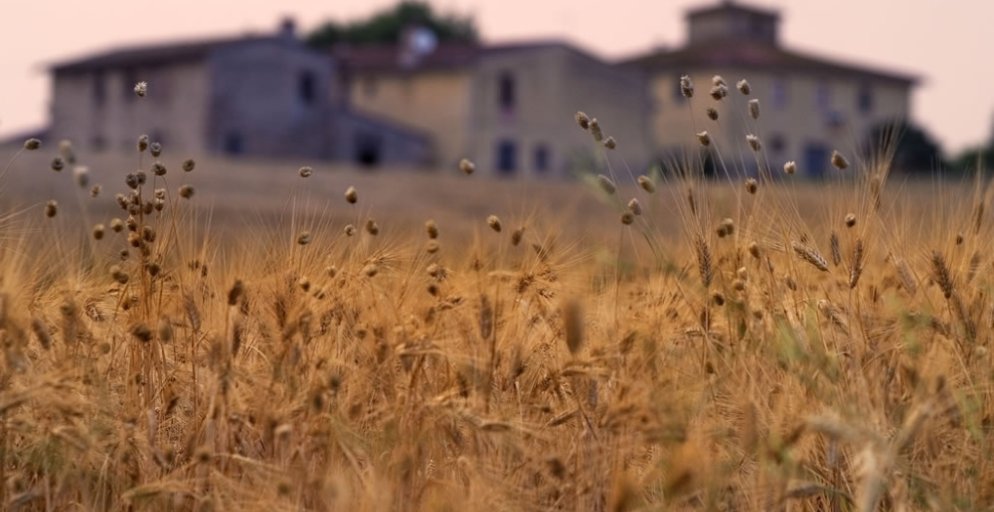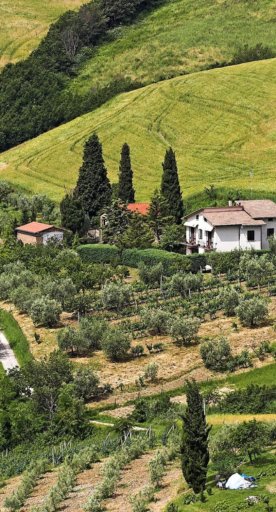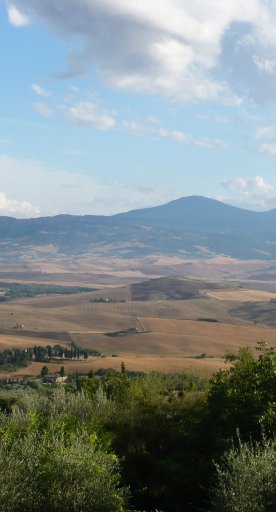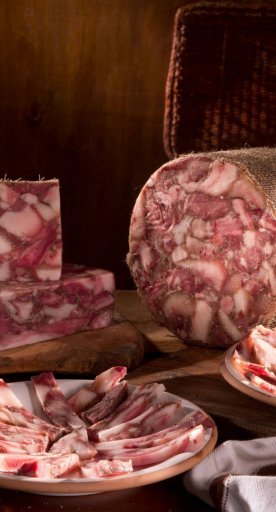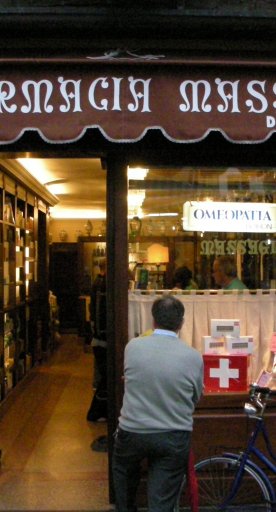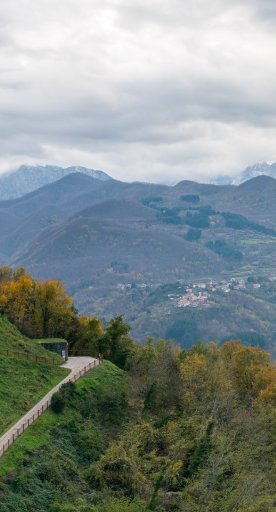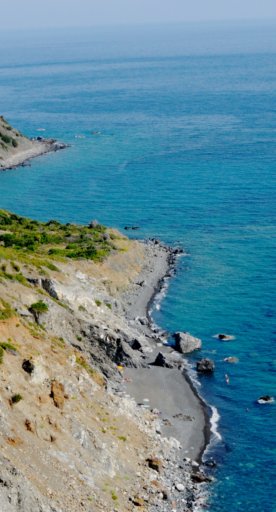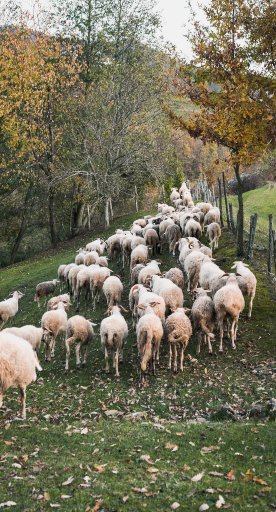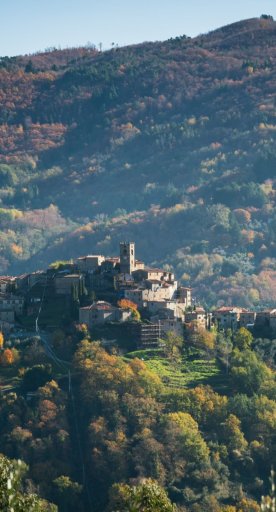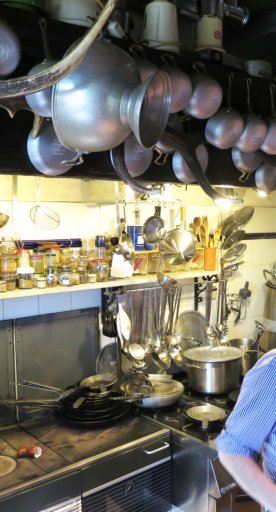

Tuscan cured meats: quick guide
Some of the best products of the Tuscan pork-butchery
-
1.Lardo di Colonnata (Massa Carrara):
-
2.Tarese del Valdarno (Valdarno area - Arezzo):
-
3.Prosciutto del Casentino (Casentino area - Arezzo):
-
4.Prato Mortadella (Prato):
-
5.Prosciutto Bazzone (Garfagnana - Lucca):
-
6.Biroldo (Garfagnana- Lucca):
-
7.Mondiola (Garfagnana Lucca):
-
8.Gombitelli butchery (Lucca):
-
9.Salame Toscano (Tuscan Salame):
-
10.Prosciutto Toscano Tuscan ham (throughout the Region):
-
11.Finocchiona (produced throughout the region):
-
12.Prosciutto di Cinta Senese (Siena):
-
13.Gota (Siena):
-
14.Ammazzafegato (Maremma - Grosseto):
-
15.Capocollo (Maremma - Grosseto):

Lardo di Colonnata (Massa Carrara):

Colonnata lard was born from the unusual way in which the quarrymen of Carrara marble used to store and season lard. This fine cold cut is made from pork lard cured in local marble quarries and caves. Layers of lard are alternated with pepper, salt, sage and rosemary. The marble used in the curing process is also rubbed with garlic and the maturation time can last anything from 6 to 10 months. Lardo di Colonnata boasts the PGI European quality label.
Tarese del Valdarno (Valdarno area - Arezzo):
It's a very big sort of bacon. The origins of the production of Tarese del Valdarno date back to ancient times, when refrigeration was inexistent and the only method of conservation was by salting the meat. The Tarese del Valdarno salami can be from 50cm to 80 cm long because this type of pig can weigh up to 200kg. To produce this large flat pancetta, the back, the belly and “arista” (chine) of the animal are used.
Prosciutto del Casentino (Casentino area - Arezzo):
The Casentino ham production process is long and laborious. The legs of pork are refrigerated, trimmed and then massaged and salted. The salt used is mixed with garlic and other spices. A product of 9/12 kilograms, which is aged at least a year before being sold.
Prato Mortadella (Prato):
This special mortadella has been made in Prato since the sixteenth century, when it was a lot more popular than it is today. What makes it different is that it is made with special spices and a liqueur called ‘alkermes’. During the 1980s, a new recipe for this salami was devised in the hopes of making it appeal to more modern tastes. This mortadella should be eaten either warm or cold, sliced or cubed, and it goes perfectly with liver paté crostini and all the other classic Tuscan starters.
Prosciutto Bazzone (Garfagnana - Lucca):
Bazzone ham gets its name from its long shape. It is typically produced in the area around the Valle del Serchio in Garfagnana (near Lucca). The pigs that are used to make bazzone ham spend much of their time grazing in the wild and come from a particular local breed, called grey-haired pigs. Bazzone ham is left to season for a minimum of 2 years and has a sharp, aromatic flavour.

Biroldo (Garfagnana- Lucca):
Is a blood sausage made using the lean pig’s head. Spices are added to give it an extra special flavour, such as wild fennel, cloves, cinnamon, coriander or aniseed. Wild fennel is a fundamental ingredient, whereas use of the other spices varies from village to village.
Mondiola (Garfagnana Lucca):
It is a big salami that, for its size, takes also the name of Garfagnana mortadella. It has a particular U shape with a central bay leaf.
Gombitelli butchery (Lucca):

Gombitelli is a small village between Camaiore and Lucca and its butchery is well-known and appreciated throughout the Versilia area. Its altitude, the total absence of smog and the sea breeze create a perfect microclimate for curing meats as the famous Lardo Rosa (pink lard).
Salame Toscano (Tuscan Salame):
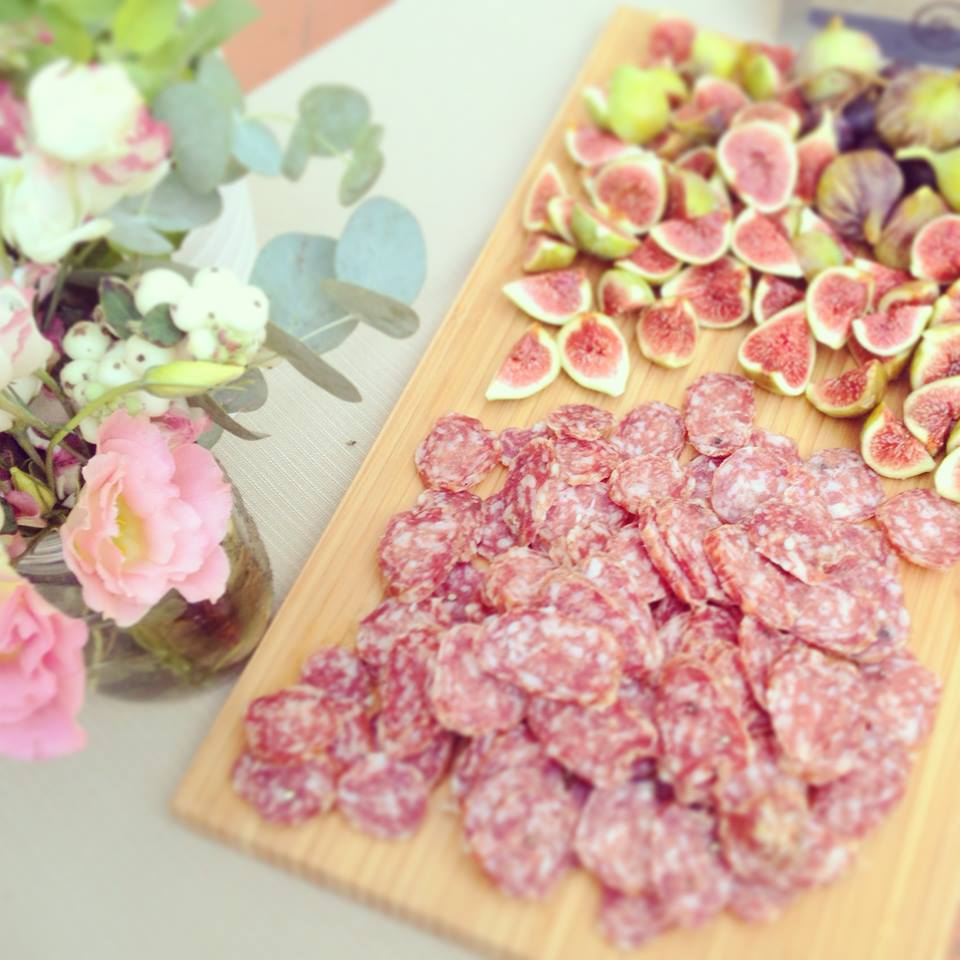
Is a very popular cold cut in Tuscany prepared from the leg, shoulder and neck mixed with fat from the dorsal region and seasoned with salt, peppercorns, black pepper, sea salt and red wine. Aging lasts from 20 days to 12 months depending on the size of the salami.
Prosciutto Toscano Tuscan ham (throughout the Region):
The Tuscan ham has the PDO quality label and is made with pigs that are born, bred, fattened and slaughtered in Tuscany and in other regions in north and central Italy. Preparation takes place exclusively in ham production factories situated in the Tuscan region. The ingredients used for the dry salting process are sea salt, pepper and a mixture of natural aromatic herbs. The resulting flavour is the main characteristic of this famous Tuscan ham, a delicate taste, which is subtly enriched by the unmistakable fragrances of Tuscany.
Finocchiona (produced throughout the region):
Is a tasty salami whose name comes from the fennel seeds that are added to the meat, giving it its distinctive flavour. The softer and almost spreadable version of Finocchiona is called "Sbriciolona".
As fennel is rich in menthol, and because of its anaesthetic qualities, it’s said that finocchiona was regularly offered by the winemakers of the Chianti area to their customers in order to mask the taste of their lower quality wines.
Prosciutto di Cinta Senese (Siena):

The Cinta Senese ham is made exclusively from pigs of pure "Cinta Senese". It's bright red, with a low percentage of fat.
Gota (Siena):
Is a very special cold cut made with pork cheeks seasoned with salt and pepper.
Ammazzafegato (Maremma - Grosseto):
A dark red, spicy cold cut with a sausage shape. Various parts of the Cinta Senese are used to make Ammazzafegato. The ground Cinta Senese meat is mixed with salt, pepper, red pepper and garlic, stuffed into natural casings and then left to age for at least four months.
Capocollo (Maremma - Grosseto):
Capocollo, also known as Coppa, comes from the neck of the pig. It's seasoned by hand with salt, pepper, red pepper and fennel seeds, rolled up, and left to mature in the cellar for at least 5 months.













